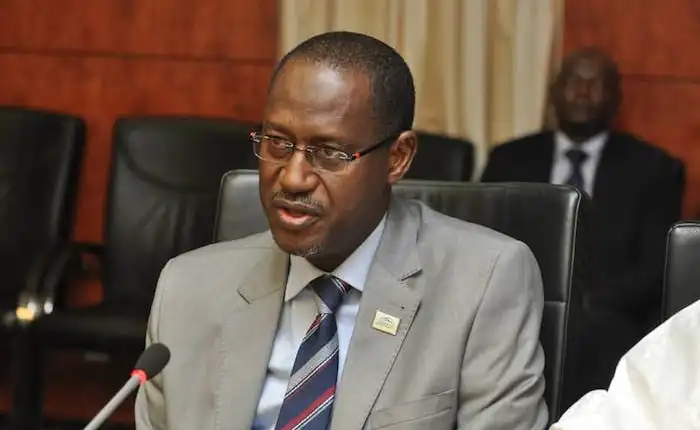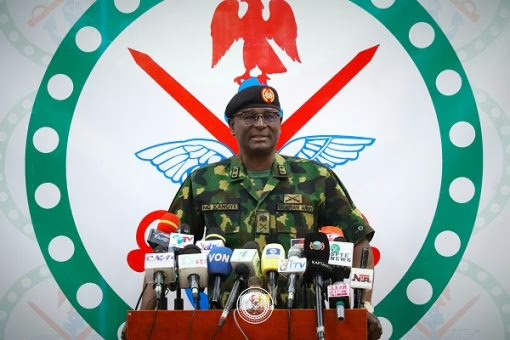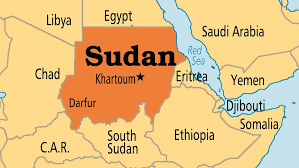Two years after the recruitment of over 100 Air Traffic Controllers (ATCs), the cadets are yet to be trained for deployment in airports across the country.
This is just as the air traffic segment and the entire aviation industry continue to grapple with manpower shortage.
Daily Trust findings revealed that as of 2019, Nigeria had 350 ATCs manning 27 airports across the country, a number which stakeholders said was inadequate at that time.
At present, there are no fewer than 400 ATCs at about 30 airports, including state-owned and private ones.
In 2022, the federal government recruited fresh graduates as ATC cadets to join the Nigeria Airspace Management Agency (NAMA).
Our correspondent, however, learnt that since their recruitment, the ATCs have remained largely redundant as they cannot be deployed to any airport without undergoing ATC courses, doing On-the-Job Training (OJT) and acquiring licence from the Nigeria Civil Aviation Authority (NCAA).
Stakeholders in the aviation sector have expressed concerns over the engagement of the ATC cadets without adequate arrangement on training and deployment in line with the standard and recommended practices.
Findings by Daily Trust revealed that it costs almost N2 million to enroll for an ATC course at the Nigerian College of Aviation Technology (NCAT). The cost is exclusive of accommodation, feeding and on-the-job-training.
While there is no specific requirement on the number of air traffic controllers an airport must have, at least six are said to be required at less busy airports like those of Ilorin, Katsina and Kebbi, among others. But each of these has only one controller at present.
A top source in the aviation sector told our correspondent yesterday that the country “currently has less than 50 percent of the ATC requirement”.
It was gathered that smaller airports or those considered less viable, which are supposed to have at least six air traffic controllers, have only one air traffic controller manning the operation throughout the day.
The Murtala Muhammed International Airport (MMIA), Lagos, has five different units which are ground control, aerodrome control, approach control and two aerial controls, each of which should have two licensed air traffic controllers at a time, each of whom should have an hour of rest after a six-hour operation.
A source told our correspondent yesterday that this was not the case in each of the units in Lagos, “because there are no enough controllers in the system.
“For those 10 controllers in each of the units, we are supposed to have another set of 10 taking over from them. Then you have to also consider somebody going on leave or somebody falling sick. Unfortunately, we don’t have such.
“In Ilorin, they are supposed to run morning and afternoon shifts, which means two controllers are supposed to be on duty in the morning, two in the afternoon and two are supposed to be off duty and that is how they are supposed to be in all these stations, but unfortunately we keep one controller there perpetually. In Katsina, for instance, once a controller resumes by 7am in the morning, he is the only one to be there till 7pm.”
‘NCAT lacks capacity to train air traffic controllers’
Speaking in an interview with our correspondent on the sidelines of the Aviation Roundtable Business Quarterly Meeting, the president of the Nigerian Air Traffic Controllers Association (NATCA), Comrade Abayomi Agoro, said there was an acute shortage of ATCs in the industry.
He said that the government had been running the system by bringing back retired air traffic controllers.
He said: “NAMA actually recruited some graduates as ATC cadets. Many of them have not yet been trained, and the reason is due to the fact that NCAT itself does not have enough capacity to turn them round.
“So, some of them are just in the field; they are not meaningfully engaged, because if you are not trained, there is no way you can work. You have to be trained, and then you have to do the normal OJT and then have your licence. When you have your licence, you now qualify to be real ATCs.
“Some of these people are just graduates who are there in the field. How we are going to turn them round in order to fill this gap is the issue we need to really address”, he said.
Agoro noted that it is cost-intensive to take air traffic controllers out of the country for training.
“In that area, you can’t hold NAMA responsible. Also, NCAT is also limited with the resources at its disposal,” he said.
Also speaking to Daily Trust yesterday, a former Secretary General of NATCA, Mr Banji Alawode, confirmed the shortage of air traffic controllers.
He said that the Ogun State government had requested controllers for its Gateway Airport. He said one of the three controllers deployed there had travelled out of the country.
“We have some recruits, but we have not been able to train them because of capacity. Our College of Aviation Technology lacks the capacity. The equipment might be there, but they don’t have enough personnel because many of them are even running away.
“Instructors are the major issues; we don’t have enough. Apart from that, we are talking of accommodation, but the college doesn’t have enough accommodation,” he stated.
Aviation college mum
There was no response from the management of NCAT yesterday to the concern raised about the lack of capacity as the spokesman of the college, Balarabe Muhammed neither answered phone calls nor replied to a text message sent to him by our correspondent.
The Managing Director of NAMA, Engr. Farouk Umar, in an interview, said there was no proper manpower auditing carried out before recruiting the ATCs.
He said, “It takes time to train ATCs, and they are quite aware of this. It has gone on for many years now that we decided to recruit them. It takes more than one year to train ATCs that will be on the hot seat.
“You can imagine the gap, and we can’t train hundreds of them. You can imagine the time it takes to train a handful of them. What is the turnover of that process? It takes time to get the number required. That is the challenge we are having. We are working towards making sure that that aspect is addressed,” he said.











